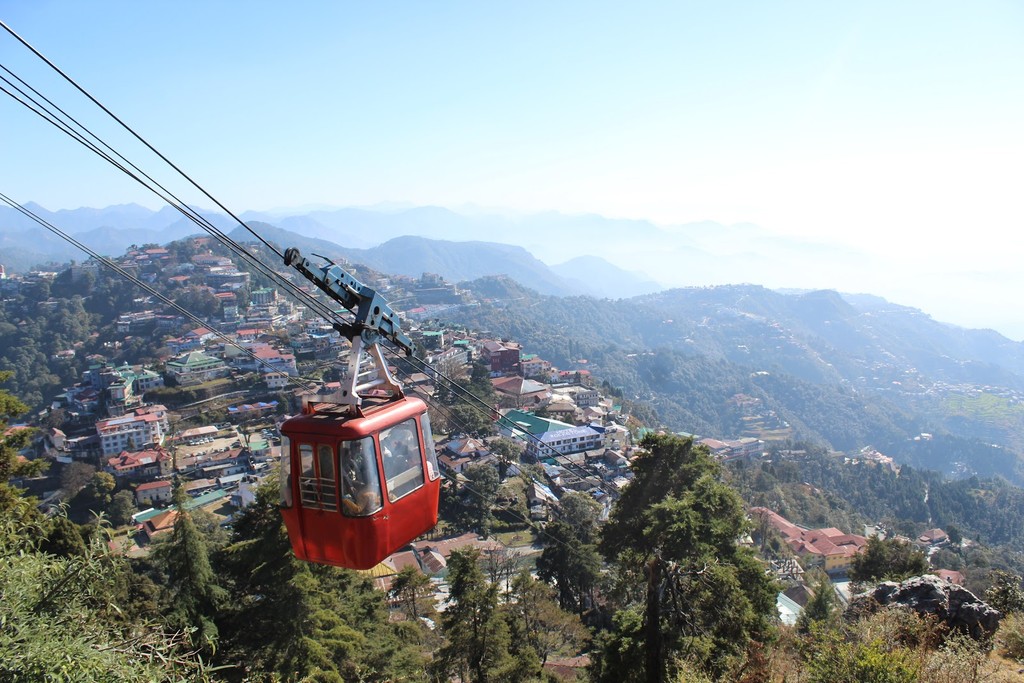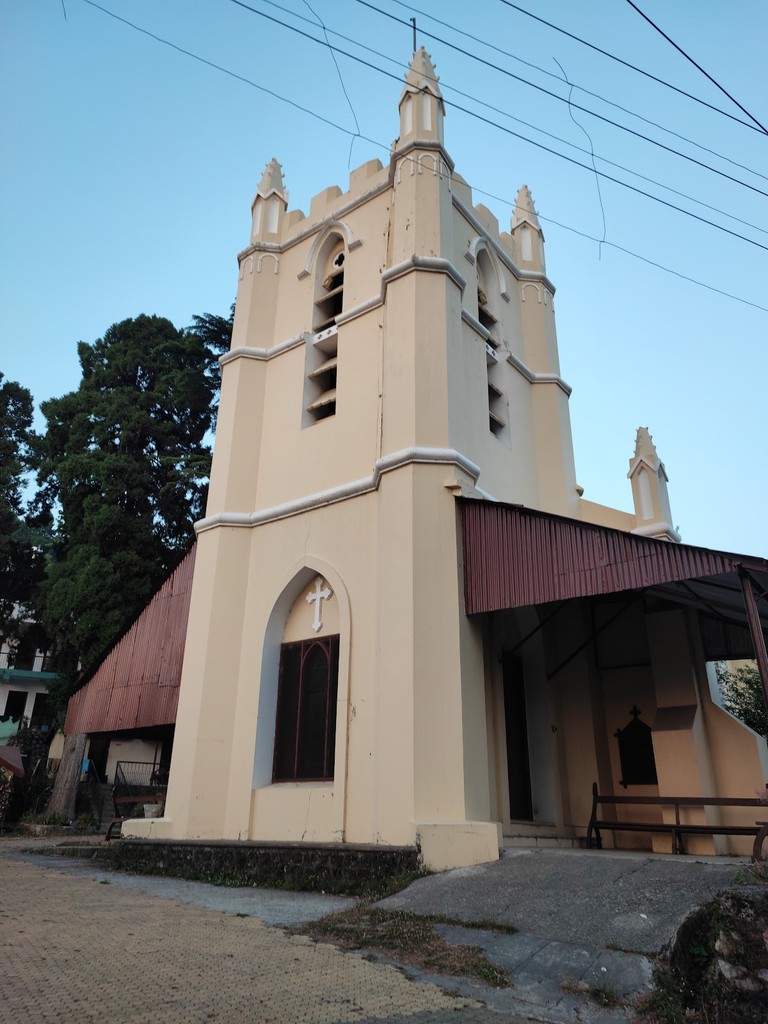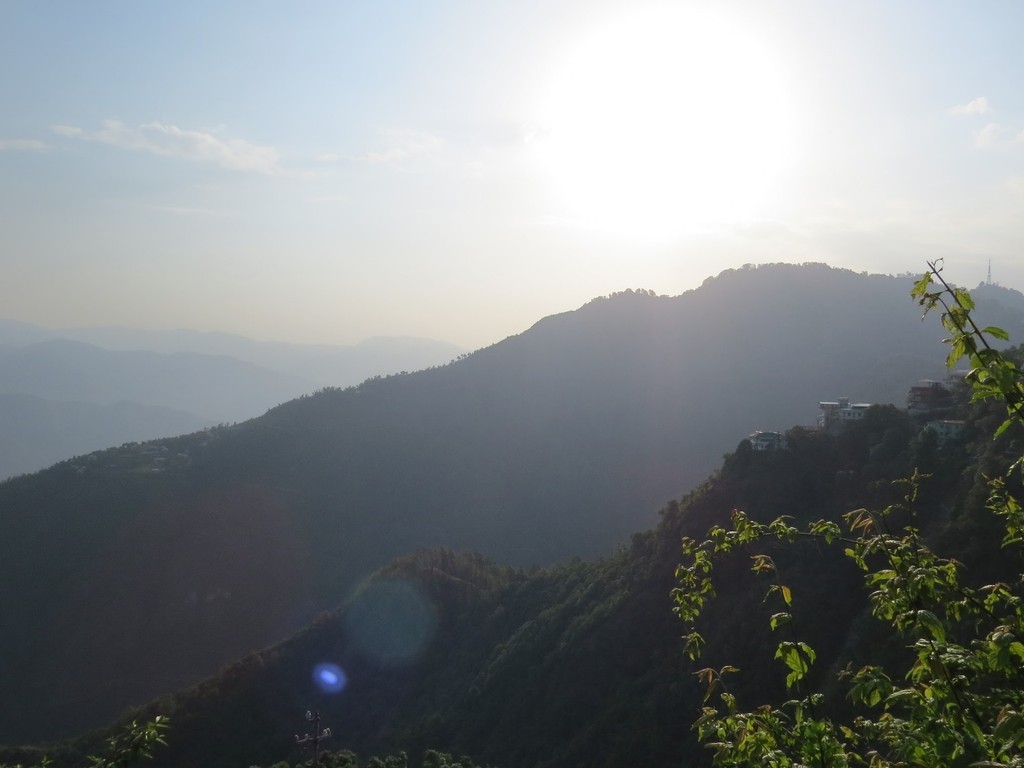Majestic Mussoorie: A Himalayan Journey
Explore the enchanting beauty of Mussoorie on this captivating free walking tour, where history and nature blend seamlessly at every step.
Time
3 Hours
Stops
3 Places
Distance
3.5 km
Gun Hill
Gun Hill is the second highest point in Mussoorie, offering panoramic views of the Himalayan ranges and the sprawling Doon Valley, making it a perfect starting point for our tour.

Gun Hill (Source: Google Maps)
Gun Hill is renowned as the second highest point in Mussoorie, standing at an elevation of about 2,024 meters. It offers breathtaking panoramic views of the majestic Himalayan ranges and the verdant Doon Valley. Historically, Gun Hill was the site of a cannon that was used to signal the time to the residents below, hence its name. The hill is accessible via a cable car, providing an exhilarating experience as visitors ascend. At the summit, one can enjoy stunning vistas, particularly at sunrise and sunset, making it a popular spot for photography and relaxation. The area is also rich in flora and fauna, with several species unique to the region, adding to its natural beauty and ecological significance.
Mussoorie Christ Church
Built in 1836, Christ Church is one of the oldest churches in the Himalayas, showcasing beautiful Gothic architecture and stained glass windows.

Mussoorie Christ Church (Source: Google Maps)
Mussoorie Christ Church, established in 1836, is one of the oldest churches in the Himalayas, exemplifying the Gothic architectural style that was prevalent during the British colonial period. Its striking facade features intricate stonework and beautiful stained glass windows, which depict various biblical scenes. The church is not only a place of worship but also a historical landmark that reflects the cultural heritage of the region. Over the years, it has been a gathering place for both locals and tourists, offering a glimpse into the religious and social life of Mussoorie during the British Raj. The church's serene surroundings, coupled with its historical significance, make it a must-visit for anyone interested in the rich tapestry of Mussoorie's past.
Camel’s Back Road
Named for its unique rock formation that resembles a camel's back, this road provides a serene walking experience with beautiful views of the surrounding hills and valleys.

Camel’s Back Road (Source: Google Maps)
Camel’s Back Road is a picturesque pathway named for its unique rock formation that resembles a camel's back, providing a tranquil escape from the hustle and bustle of Mussoorie. The road stretches for approximately 3 kilometers and is lined with lush greenery, making it a favorite among nature lovers and those seeking a peaceful walk. As you stroll along this scenic route, you'll be treated to breathtaking views of the surrounding hills and valleys, with the sound of chirping birds and rustling leaves enhancing the serene atmosphere. Historically, Camel’s Back Road has been a favored spot for leisurely walks and horse riding, attracting both locals and visitors. Its charm lies not only in its natural beauty but also in the historical structures and colonial-era bungalows that dot the landscape, offering a glimpse into the architectural styles of the past.

Your travels, your rules.
Create your own Free Walking Tours.
Set your preferences, distances and anything you want to do or see.
Completely free, no payment required.